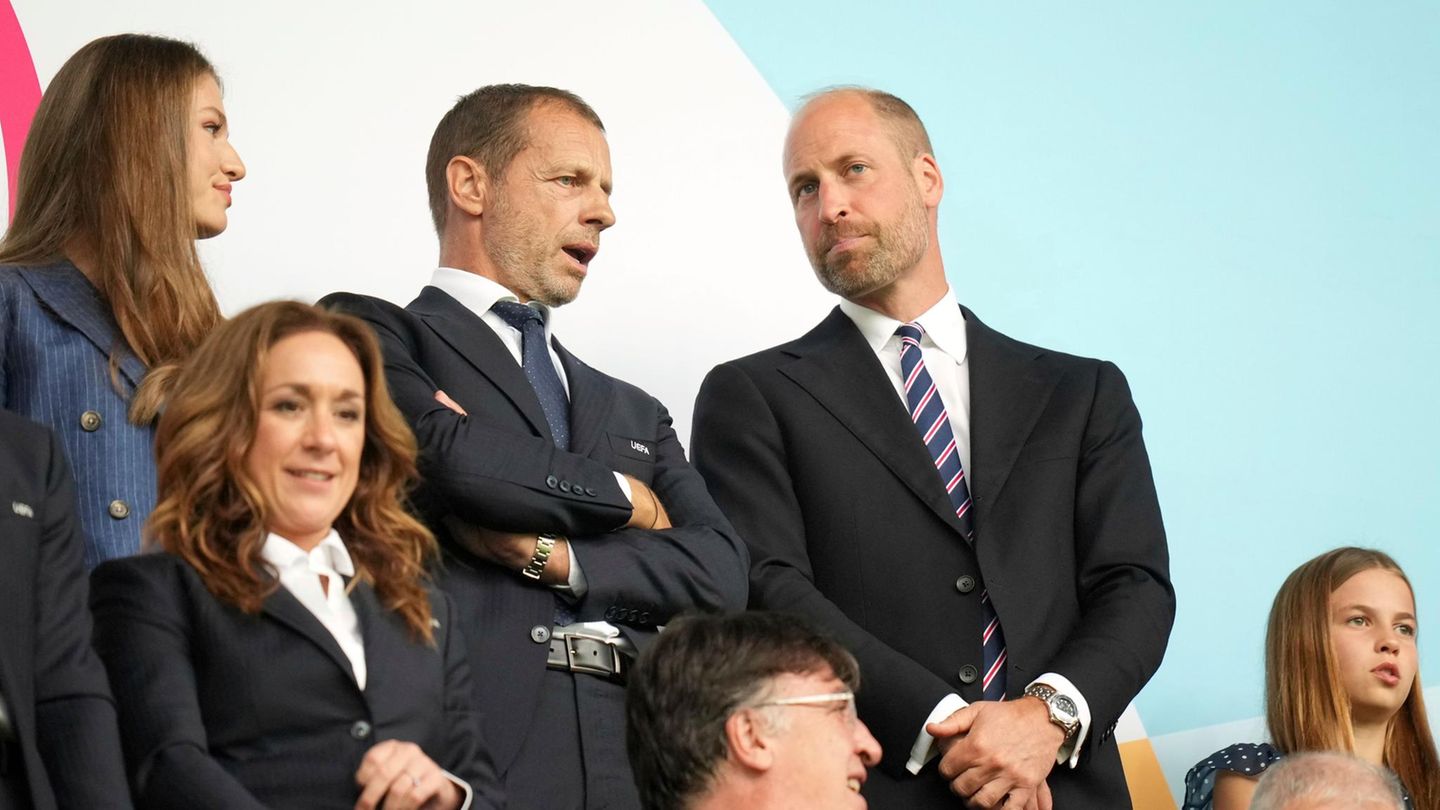According to data from the World Bank, 4.4 billion people currently live in cities, representing 56% of the global population. It is estimated that by 2050 this urban population will double, with almost seven in ten individuals living in urban environments.
These numbers highlight the challenges of urbanization and the need for practices to promote environmental sustainability, functionality, social and economic security, to be able to face this accelerated expansion that depletes cities’ scarce resources. Among the most visible challenges, the urgency of meeting the growing demand for affordable housing, service infrastructure and its optimized management stands out, in order to reduce the inequality gap and bring Latin American cities closer to the future.
In this framework, smart cities are modifying the way we inhabit our urban environments, fusing functionality with sustainability and the search for comfort in the midst of accelerated daily dynamics. As the leader of a company that focuses its efforts on moving us closer to a more sustainable and innovative future, I have the privilege of closely observing how these innovations are changing the urban landscape around the world, but especially in Latin America.
A smart city not only incorporates advanced technology that makes urban operation more efficient, but also focuses on creating spaces that improve the quality of life of all its inhabitants. Through connected lighting, the city can adapt to the surrounding conditions, improving visibility and safety on the streets. As an Argentine, I am proud of the evolution of the City of Buenos Aires. A decade ago, Buenos Aires decided to change from conventional lighting to LED technology and incorporated a software platform into its infrastructure that allows it to remotely manage and optimize its urban lighting intelligently, thus becoming the first Smart City in Latin America. Since then, more than 100,000 light points are remotely monitored to guarantee the optimal functioning of the luminaires, while contributing to energy savings.
However, the city of Buenos Aires not only optimizes energy consumption, but also creates dynamic scenes that beautify it and give it the possibility of marking its own identity that fosters the pride of its neighbors and attracts tourists without neglecting their well-being.
In Chile, the interurban highways in Rutas del Pacífico, Autopistas los Andes and Rutas del Elqui, the Intervial Ruta 5 Sur highway and the commune of Lago Ranco, already have LED technology. In addition, and recently, the commune of El Bosque, in Santiago, incorporated more than six thousand Philips LED luminaires, along with the Interact intelligent lighting system to take a step forward in terms of safety, efficiency and sustainability, adding to the benefits of implement the concept of Smart Cities.
In Peru, both in the district of San Martín de Porres in Lima, as well as in inland regions, public lighting has already been renewed with LED technology luminaires, guaranteeing more efficiency, longer useful life and more illuminated streets and taking a step forward in the transformation towards a Smart City.
Sustainability is another fundamental pillar of smart cities: in cities such as Buenos Aires, Lima, Santiago de Chile or Montevideo, the integration of connected lighting systems not only reduces energy consumption, but also reduces the carbon footprint, contributing to a cleaner and healthier environment. The combination of LED technology and other energy sources, such as solar energy, together with intelligent management, can reduce electricity consumption by up to 80%, which benefits both municipalities and the environment.
Additionally, in the midst of the “daily acceleration” in which we live, comfort is an essential element. The Smart Cities They are designed to offer a more comfortable and, highlighting one of the previous points, a safe environment for its inhabitants. Adequate lighting can reduce street crime and improve nighttime road and pedestrian safety. In addition, the ability to manage lighting remotely allows authorities to respond quickly to any problem, improving the quality of life for everyone.
In conclusion, the Smart Cities They represent a new way of inhabiting our urban environments, where functionality, sustainability, safety and comfort merge to create more efficient, safe and pleasant spaces. I am proud to be part of this transformation that makes, through technology, cities a response to the reality that we will live in the coming decades and become better places to live.
General Manager of Signify South America
Source: Ambito
I’m a recent graduate of the University of Missouri with a degree in journalism. I started working as a news reporter for 24 Hours World about two years ago, and I’ve been writing articles ever since. My main focus is automotive news, but I’ve also written about politics, lifestyle, and entertainment.




